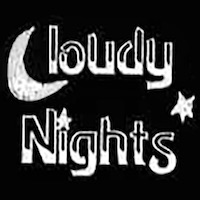This article from Cloudynights.com may help someone with their first binocular purchase. The latter part of the article is astronomy specific but, the first part is general information that any binocular user could use.

 www.cloudynights.com
www.cloudynights.com

General Binocular Recommendations for Astronomy - Binoculars
What do you recommend for an all around first binocular General Binocular Recommendations for Astronomy by Ed Zarenski 3-3-07 What do you recommend for a first binocular? What can I expect to see? These are not uncommo...







